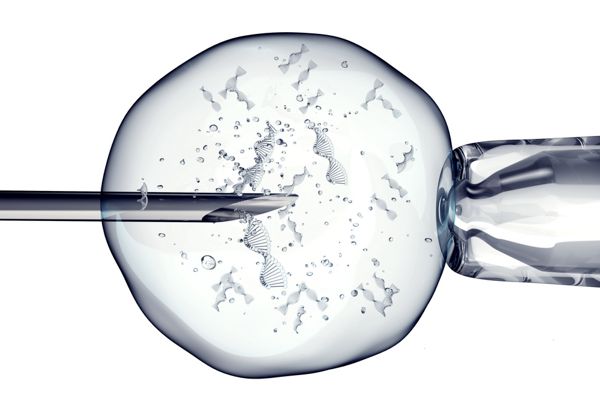Does Low Sperm Quality Affects IVF Success Rate
Let us begin with the good news! Low sperm count in your partner does not mean that you cannot get pregnant! Yes, read it correct. Various abnormalities in the sperm like low motility or irregular shape have an influence on fertility. But this does not mean that the problem cannot be corrected. IVF with Intracytoplasmic Sperm Injection (ICSI) is the best way to deal with low sperm count.
Semen analysis is the alimentary test to evaluate a man’s sperm count. Men with less than 5 million motile sperm face difficulties in achieving pregnancy normally. Deficiency of semen is usually the common cause of male infertility. The process of diagnosis involves a patient interview, a thorough physical examination and checking medical history. The next step involves, sperm analysis i.e. testing of sperm sample in the lab where a sperm count is performed to check the shape, health, and movement of the sperm which helps to determine the course of treatment.
TESA to Combat Sperm Abnormalities in Men
TESA or testicular sperm aspiration (also known as TESE, or testicular sperm extraction) is one of the surgical sperm harvesting techniques used for retrieving sperm in patients with azoospermia. A number of surgical sperm retrieval or recovery methods have been devised to recover sperm from the male reproductive tract.
Microepididymal Sperm Aspiration (MESA) and Percutaneous Epididymal Sperm Aspiration (PESA)
In men with obstructive azoospermia, (because of duct blockage or absence of the vas deferens), sperm are usually recovered from the epididymis. The original technique was devised by a urologist, Dr. Sherman Silber, who is a specialist in microsurgery. He used a method called MESA, or micro-epididymal sperm aspiration, in which the scrotum was opened, and an operating microscope used to identify the epididymal tubules which were distended with sperm. While this method was very successful, it was very complex, since it needed an operating microscope; and therefore very expensive as well. This simple technique is called PESA (percutaneous epididymal sperm aspiration), in which the sperm is sucked out from the epididymis by puncturing it with a fine needle.
This method is as effective as micro surgery to retrieve epididymal sperm; is much easier for both the patient and the doctor; and much cheaper as well, since the infertility specialist can do it himself. It is also much less traumatic since there is no need to cut the scrotum, with the result that there is a scar at all. This is why this is the preferred method of choice in most centers in India, UK and Belgium.
For patients with obstructive azoospermia in whom sperm cannot be found in the epididymis, it is always possible to find sperm in the testis. The easiest way to retrieve this is through TESA or testicular sperm aspiration, in which the testicular tissue is sucked out through a fine needle, under local anesthesia. The testicular tissue is placed in culture media and sent to the lab, where it is processed. The sperm is liberated from within the seminiferous tubules (where they are produced) and is then dissected free from the surrounding testicular tissue.
ICSI for Best Relief in Infertility
Using sperm from the epididymis and testis for ICSI in order to treat patients with obstructive azoospermia is logical, and thus conceptually easy to understand. However, surprisingly, it is possible to find sperm even in patients who have a testicular failure (non-obstructive azoospermia) – even in those men with very small testes. The reason for this is that defects in sperm production are patchy- they do not affect the entire testis uniformly.
There is Always a Hope
IVF treatment has fertility several techniques to combat low sperm count in men. Sperm donation is another way to overcome such difficulty and move towards a successful IVF procedure.
